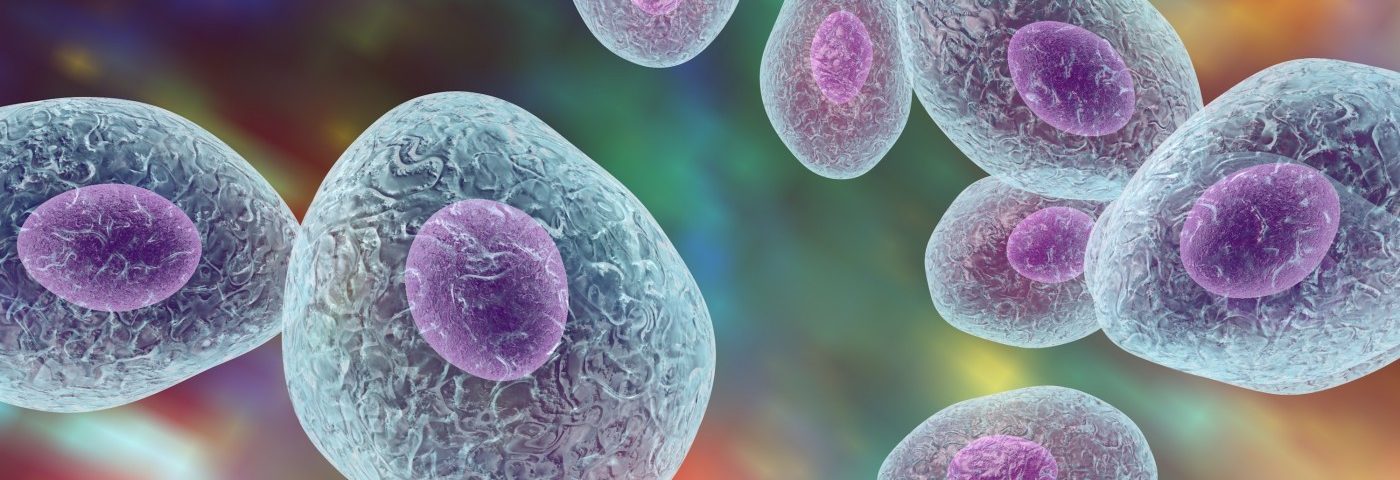Researchers have gained insight into a protein that allows the survival of the fungus Pneumocystis, which causes lethal pneumonia infections in those with weak immune systems, according to a new study.
The research, “Functional Characterization Of Pneumocystis carinii Inositol Transporter 1,” was published in the journal mBio.
Pneumocystis can resist several anti-fungal therapies. Even the most standard therapy, trimethoprim sulfamethoxazole, causes problems for some patients, such as life-threatening allergic reactions.
Like humans, microbes such as Pneumocystis need a molecule called myo-inositol, a nutrient similar to sugar, to survive. Organisms obtain the nutrient by making it, taking it from the environment, or recycling it from other molecules. Unlike human cells, however, Pneumocystis cannot make myo-inositol because it lacks two proteins necessary to the process.
Instead, the fungus contains a protein known as ITR1 that transports myo-inositol from the human lungs it infects.
Researchers studied the protein in Pneumocystis carinii to try to understand how it transports inositol. One finding was that myo-inositol is the only type of molecule the protein transports.
They also learned that the protein’s structure is different from the version in human cells. That suggests that drug therapies aimed at inhibiting ITR1 in Pneumocystis would be unable to prevent inositol transport in human cells.
“Identifying a drug to inhibit the transporter will kill these fungi because they can’t synthesize inositol as they lack two enzymes to do so,” Melanie Cushion, PhD, the first author of the study, said in a news release. “The transporters in humans and Pneumocystis are sufficiently different that inhibitors of the fungal transporter are not likely to impact the mammalian transporters. If that’s the case, no toxicity is expected with this new line of drugs.”
Pneumocystis infections were one of the first signs of the HIV/AIDS epidemic. Because HIV-infected people have weakened immune systems, they are at risk of Pneumocystis jirovecii, which can cause lethal pneumonia, even when a patient is on combined antiretroviral therapy.
About 15% of HIV-infected people in the United States and other developed countries die of pneumonia, Cushion said. The figure is 80% for those in developing countries.
Pneumocystis also poses a threat to other immunosuppressed individuals, such as those getting a transplant or those taking immunosuppressing medication to treat inflammatory disorders such as rheumatoid arthritis.
That means that knowing how ITR1 works in this lethal fungus may help scientists develop novel therapies to avoid infection.


